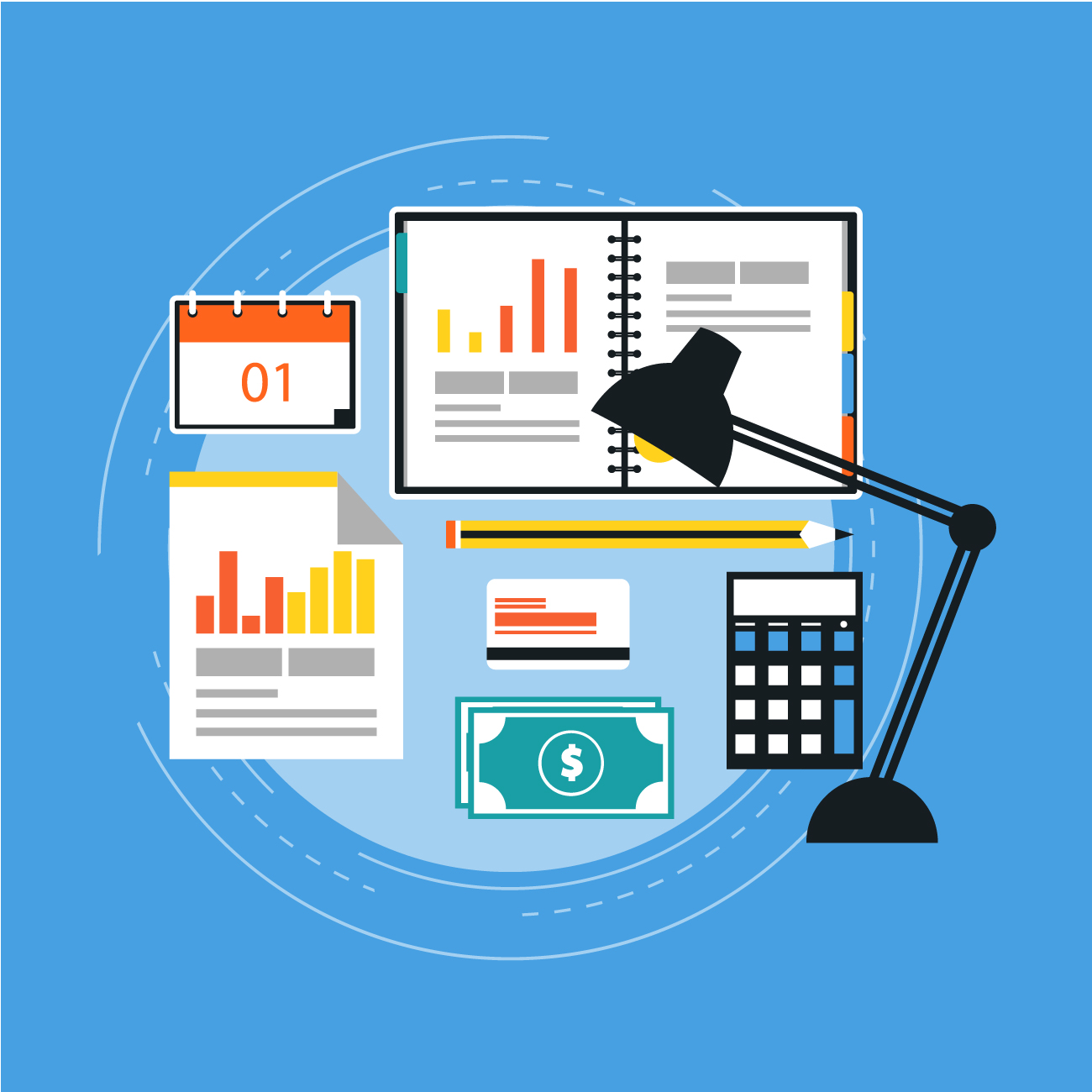
Introduction to Budgeting Apps
In the contemporary financial landscape, managing personal finances efficiently is crucial for ensuring financial stability and achieving long-term goals. Budgeting apps have emerged as essential tools that cater to this need, offering users a streamlined approach to monitoring their financial health. These digital solutions empower individuals by simplifying the budgeting process, enabling them to easily track spending, set financial goals, and create personalized budgets.
Budgeting apps provide a comprehensive overview of one’s financial activities, allowing users to categorize their expenses and visualize their spending patterns. This level of awareness is fundamental in fostering responsible financial behavior. Unlike traditional methods, such as pen and paper or spreadsheets, which may seem cumbersome for many, budgeting apps consolidate all financial data into a single platform, enhancing ease of use and accessibility. Users can update their information on the go, access real-time data, and receive immediate insights into their financial situation.
Criteria for Selecting the Best Budgeting Apps
When evaluating the multitude of budgeting apps available in today’s digital marketplace, several key criteria must be considered to ensure that users choose the most suitable option for their financial management needs. First and foremost, the user interface plays a crucial role in determining the overall user experience. An intuitive and visually appealing interface can significantly affect how easily individuals navigate through the app and utilize its features. A simple layout aids in reducing the learning curve and encourages users to maintain consistency with their budgeting practices.
Another essential factor is the range of features offered by the budgeting app. Effective expense tracking capabilities, for instance, enable users to categorize and monitor their expenditures seamlessly. Features like bill reminders are also invaluable in helping individuals avoid late fees and maintain their financial obligations.
Top 7 Budgeting Apps to Consider
1. Mint: Mint is a widely recognized budgeting app renowned for its seamless integration with bank accounts. Users can easily track expenses, set budgets, and receive personalized insights. Mint’s alert feature notifies users when they exceed their budgets, helping them remain financially disciplined.
2. YNAB (You Need A Budget): Focused on proactive budgeting, YNAB emphasizes giving every dollar a job. Users can learn effective budgeting strategies through its educational resources. However, it does come with a subscription fee after a free trial period.
3. PocketGuard: PocketGuard simplifies the budgeting process by showing users how much disposable income is available after accounting for bills, goals, and necessities. This app is ideal for users who prefer a straightforward approach to financial management, although it may lack advanced features for more complex budgets.
4. EveryDollar: Developed by financial guru Dave Ramsey, EveryDollar employs a zero-based budgeting method, encouraging users to allocate every dollar earned. The app has a free version, but the paid version allows for bank syncing and advanced reporting.
Best Budgeting Apps for Different Financial Needs
5. GoodBudget: Using the envelope budgeting method, GoodBudget allows users to plan their spending by setting aside money into virtual envelopes for various categories. The app is particularly suited for those who appreciate a cash-based budgeting philosophy, though it does not link directly to bank accounts.
6. Personal Capital: While primarily an investment tracking tool, Personal Capital also offers budgeting features. Users can monitor their net worth and cash flow, making it an excellent choice for those focused on long-term financial planning and investments. However, it may be overwhelming for those only seeking basic budgeting tools.
7. Honeydue: Designed specifically for couples, Honeydue facilitates shared budgeting by allowing users to sync their accounts, categorize expenses, and track bills together. It fosters communication regarding finances, although it may not be as versatile for individual users.
By considering the unique features and user profiles of each app, individuals can choose a budgeting tool that aligns best with their financial habits and goals.
You can also read : Free Budgeting Worksheets: 5 Printable Templates You’ll Love
Tips for Successfully Using Budgeting Apps
Successfully utilizing budgeting apps requires a strategic approach to ensure effective financial management. Firstly, when setting up the app, it is essential to input accurate income data and categorize expenses thoroughly. This foundational step facilitates a clearer understanding of one’s financial landscape. Users should take the time to explore all features available in the app; many offer tools for tracking recurring expenses and setting financial goals, which can enhance budgeting accuracy.
Adjusting budgets is another critical aspect of using budgeting apps effectively. Financial circumstances can change, and thus, it is important to regularly review and revise budget allocations based on spending behavior. Many users find it beneficial to set aside a dedicated time each month to analyze their spending patterns, identifying areas where adjustments are necessary.
Regular usage of the app is vital for maintaining momentum in achieving financial goals. Establishing a routine, such as a weekly check-in to review progress, can spur motivation and ensure adherence to the set budget. Training oneself to view budgeting as an ongoing process rather than a one-time task will foster discipline and help in developing healthier financial habits over time.
By employing these practical strategies, users can maximize the effectiveness of their budgeting apps, leading to better financial decision-making and improved overall financial health.